Throughout my digital design career, all the way back to 1996, the terms user-centric, user-centered and human-centric have been common terms for emphasising a focus on understanding people in order to serve them better with the thing or service we are building. The idea is to make things easier to use, easier to understand and have content, function and interaction be considerate of human emotion and ability. Over the past few years I have begun to avoid these terms in an attempt to more clearly acknowledge the importance of experiences far beyond the human one.
The idea of humans as more important than other beings on the planet has not served anyone well. Constructed boundaries between humans, animals and nature leads us away from understanding the importance of the collective wellbeing that helps everyone thrive. The ongoing eradication of entire species, global warming and plastic-infested oceans serve as a testament to ill-chosen paths.
However small you may consider your contribution to be it is always part of a bigger system. The foundations you build your ideas on require that those foundations persist for your ideas to continue to be valid and accepted. What then if those foundations, such as the perception of human importance, contribute to harmful outcomes?
More inclusive perspectives
By shifting from a human-centric perspective to a more holistic one, we take into account the safety, wellbeing, and lives of individual animals and broader environmental matters. This makes us better equipped to strive for and enable a more equitable balance between the interdependent and constantly changing factors that contribute to personal, social and planetary wellbeing.
Moreover, I have found this perspective to open my mind not only to the influential systems of non-human animals and habitats, but to the human lives controlled and affected by the foundations I play a part in maintaining. One such example would be the child slavery necessary for the proliferation of the mobile phone ecosystem, specifically the mining of cobalt in the Democratic Republic of Congo. By choosing to design an app, the foundation for that slavery must persist for my app to continue to exist.
Choosing this holistic perspective can be painful, frightening, and sometimes immobilizing, but I believe working through that pain is necessary when we want to pursue real change.
When you realize that you do not have to take personal responsibility for the systems that you find yourself inside, and can practice self-compassion, the insights can instead be liberating. Completely new paths become visible. You may realise that you likely will not live to see the full effects of choosing those paths, but that doesn't have to stop you from walking in their direction.
Ecosystem as a metaphor
In my talks on ethics I often find myself likening the act of new design to introducing a new species into an existing ecosystem. Many of us understand the risks involved in living organisms disrupting fauna and flora, with risks of dire consequences for animal wellbeing, as well as water and food supplies. Acknowledging that we as creators and engineers constantly introduce new artefacts into existing ecosystems can help us think more easily about the broader societal and environmental effects of our work.
When I talk about design for universal wellbeing it is not because I truly can take into account the universal effects of my work and manage them, it is because it allows me to see and imagine more consequences of my work than before. It opens up conversations that my teams were not previously having. It opens up perspectives and new courses of actions that allow us to feel more confident about our choices, not only with users and profits in mind. We can address feelings of despair and frustration that may previously have been left unspoken. It can, with care and listening, open up a whole new world.
As it turns out of course, that world has been here all along. But too few of the humans controlling technological development are operating with the tools and sentiment for opening their minds enough to notice it.
Further reading
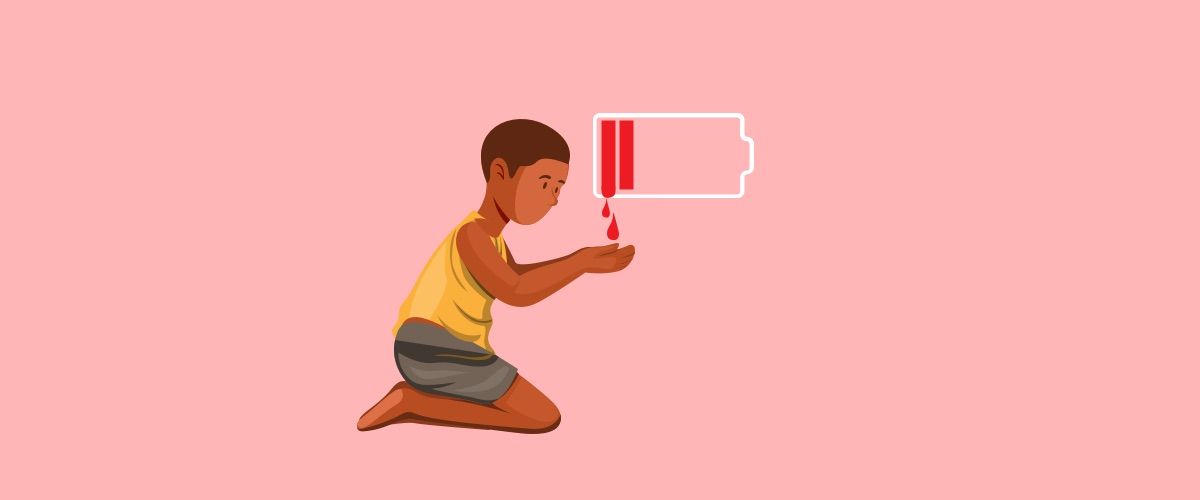
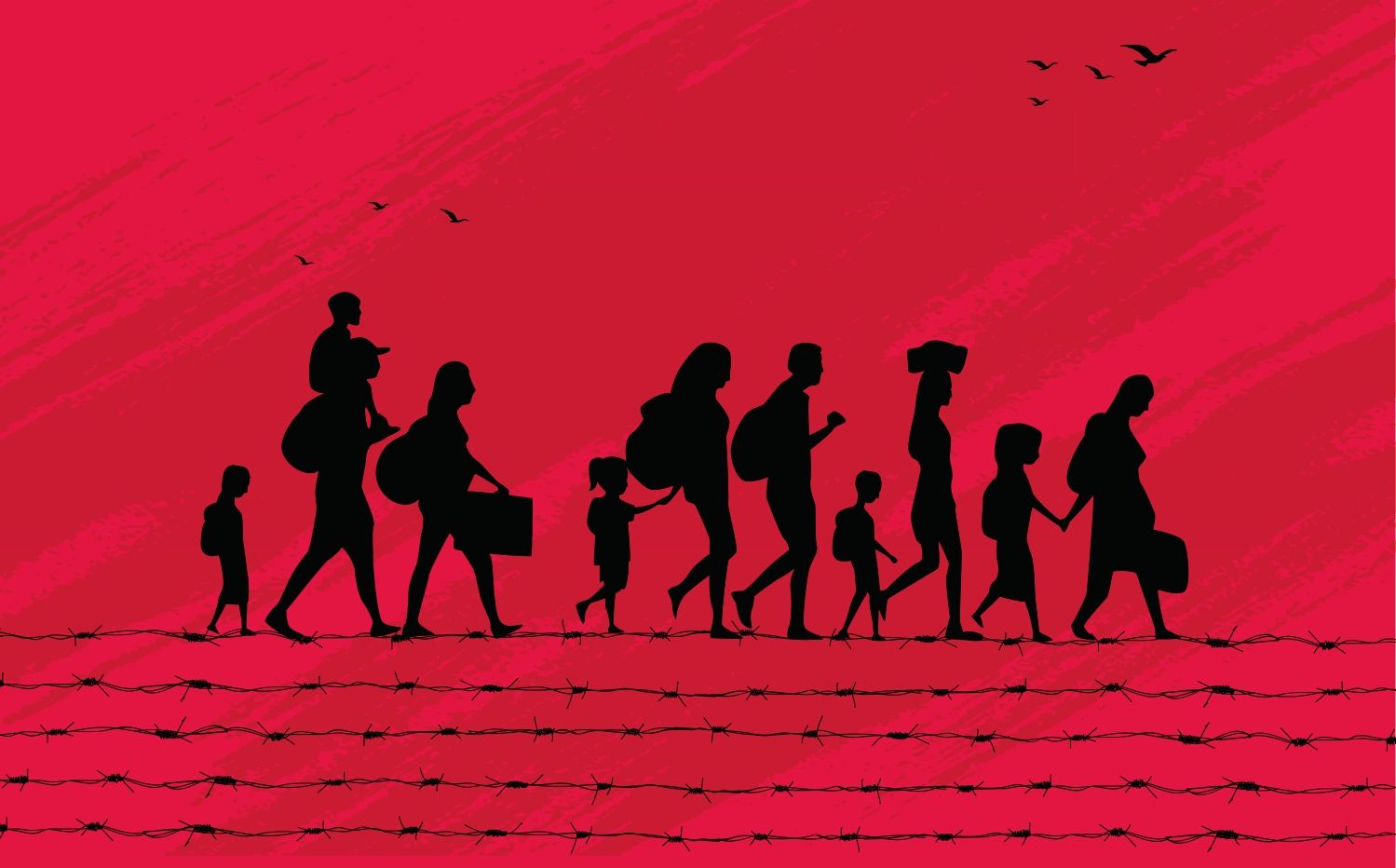
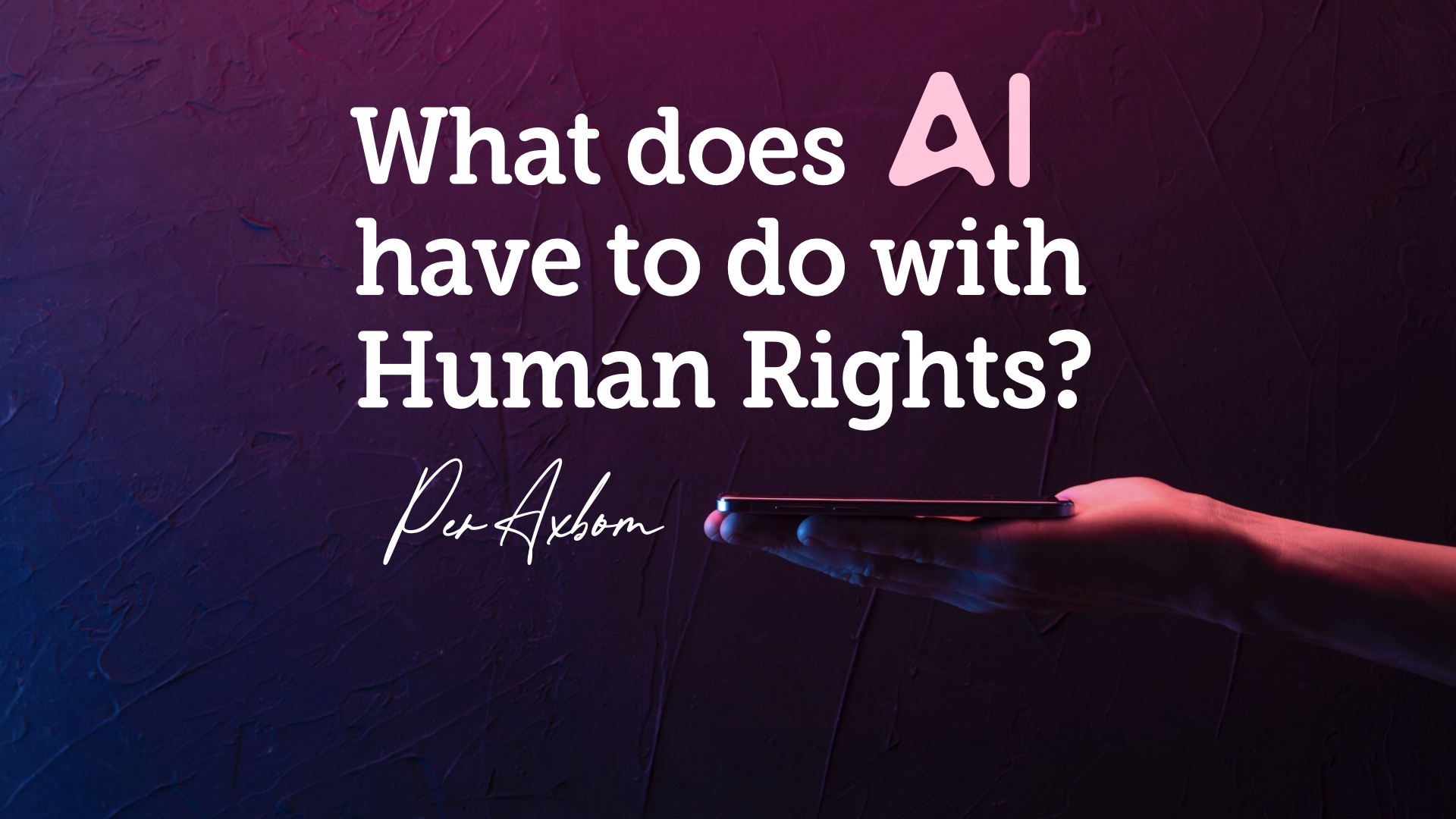

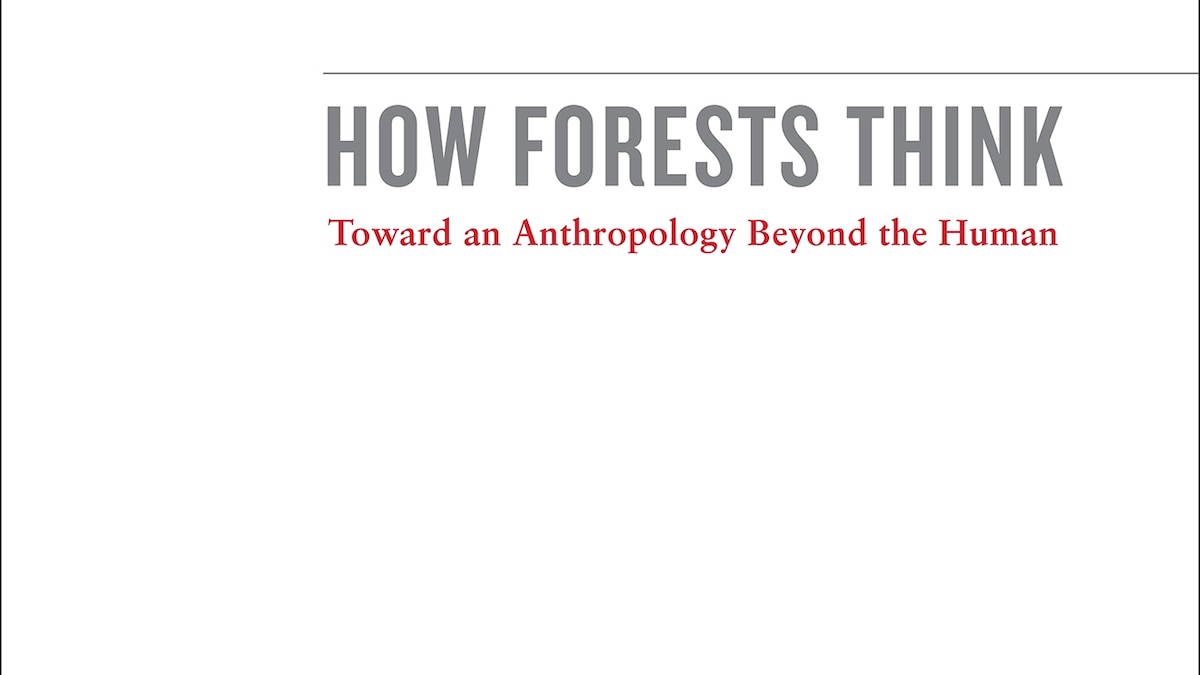
A book chapter by P Wesley Schultz worth reading.
Summary. Human survival is directly tied to our relationship with the natural environment. Achieving a sustainable lifestyle depends on establishing a balance between the consumption of individuals, and the capacity of the natural environment for renewal. Yet, we often act as if we are separate from nature – as if we can get along without nature. Indeed, built environments serve as barriers between individuals and the natural environments in which they live. Offices, schools, homes, cars, restaurants, shopping malls, and many other built environments segregate people from nature. This chapter examines the implicit connection that individuals make between self and nature, and the impact of built environments on these implicit cognitions. A psychological model for inclusion with nature is presented, containing cognitive (connectedness), affective (caring), and behavioral (commitment) components. Implications for theory, design, and sustainability are discussed.



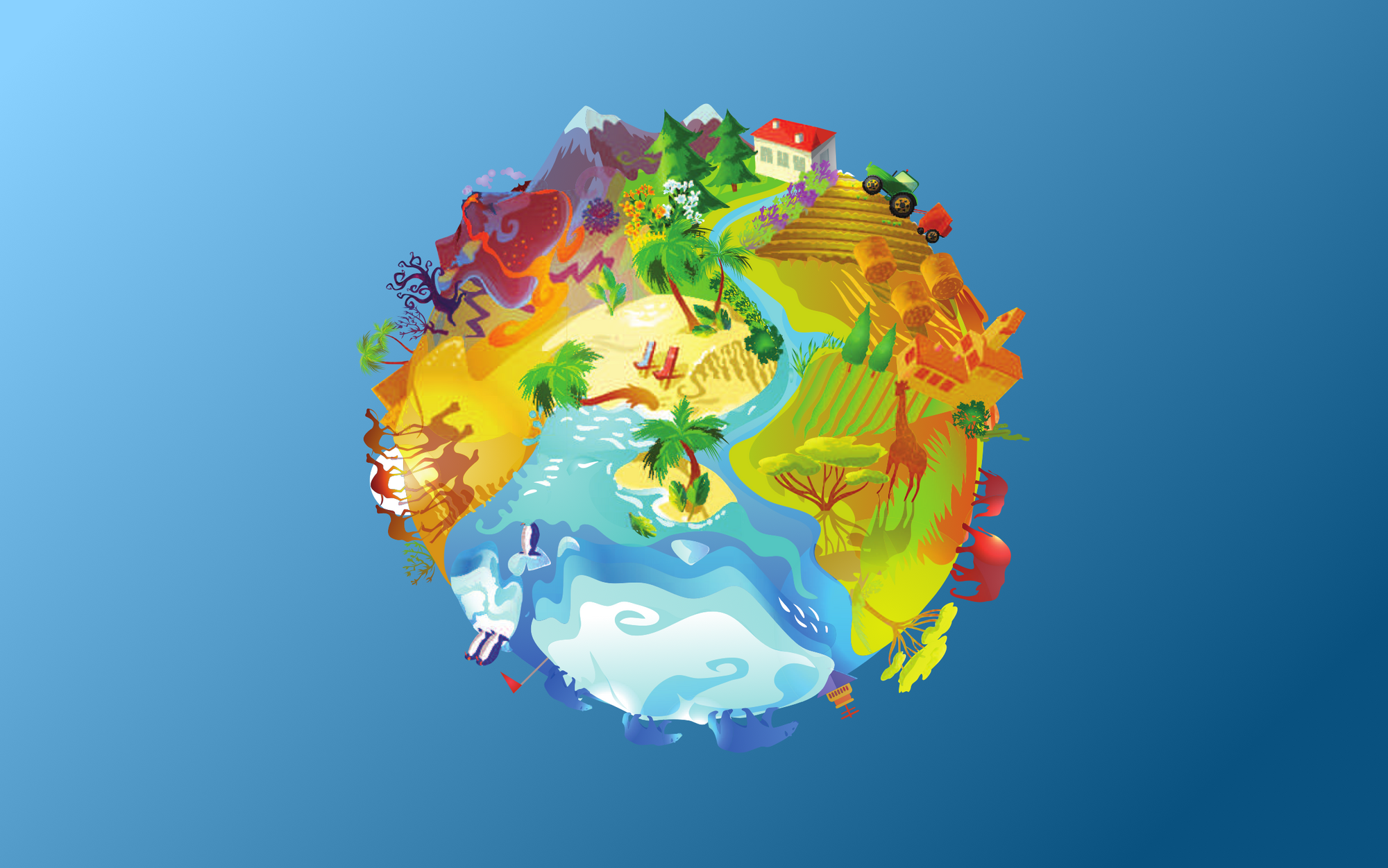






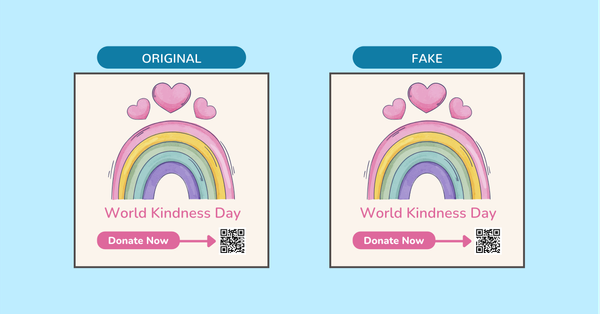


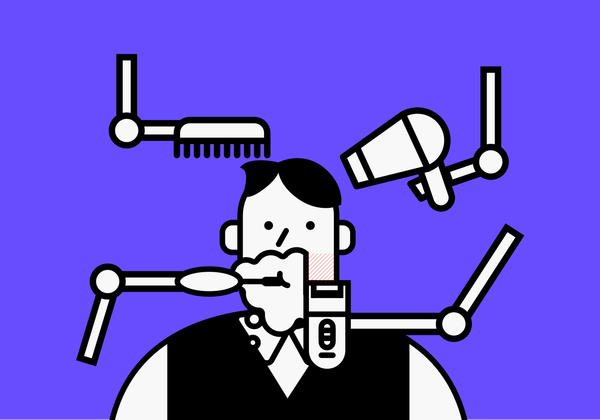
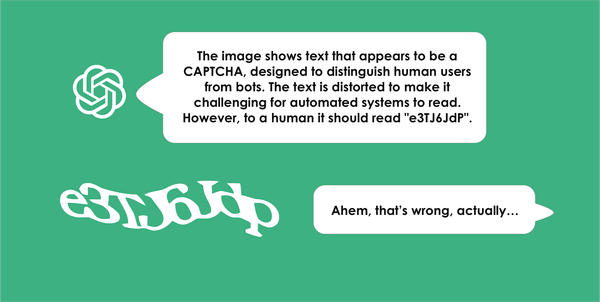
Member discussion